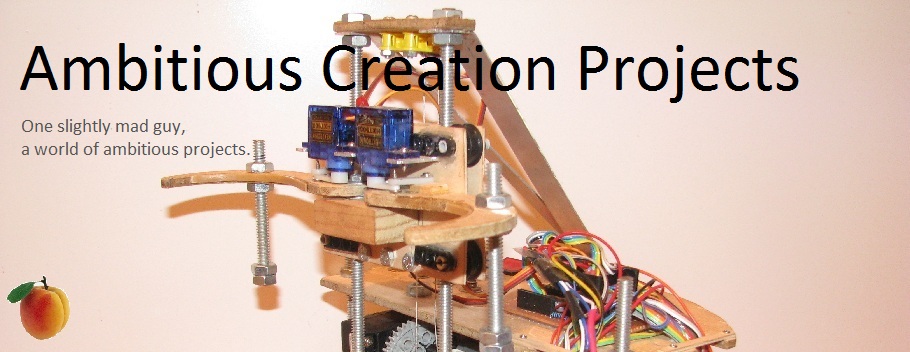If you've been following this blog for a while then you might know that I'm studying engineering at university. So you'll probably be wondering how on earth I have time for this. Well after a lot of careful consideration I have decided to pull out of uni, for a while at least. I've done one semester and didn't do very well in it and I think there were several reasons for that. Although that is just one of many reasons I pulled out. Another reason is that uni is very theoretical and I'm a very practical person so I feel as though uni is wasting that side of me but trying to cultivate other skills that I don't naturally have, like academic ones. I believe this is the right decision. Plus I have loads of time on my hands now! But I do have to decide which path to take instead...
The concept of this particular caravan is rare and unusual but frankly quite simple. It's a little house that fits onto a trailer. It's just like those campers you see in the backs of utes (trucks, for our non-Australian friends), only it's made to fit a trailer rather than a vehicle. It's completely removable and the trailer needs no modification in any way so when it's not in use, you've still got a regular trailer. I really don't know why this isn't done more often.
One of the classes I did at uni involved learning how to use a proper CAD program so seeing as I know a thing or two about that, I thought I'd use it to design the whole caravan. First up, the frame. This is still a work in progress and I'm kind of building it as I design it so one of the walls is almost made and most of the rest of the structure has yet to be even thought about. Still here are the frames for the left and right sides.
They may look over-engineered and frankly they probably are, but what you have to remember is that this has to withstand hurricane force winds for long periods and will be shaken and rattled around like one of those machines that separates little rocks form bigger rocks. So when you think of it like that, it's better to have it over-engineered than done lazily and have it fall apart the first time you take it on the highway.
This is something like what it will look like. The blue thing is obviously the trailer.
If it looks a bit weird that's because this is an orthographic projection rather than perspective.
After just a couple of days in the workshop the part production is really pushing bow waves.
I seem to be able to make parts far quicker than I can design them.
It's great to be finally able to start a project that I've wanted to do for many years. For some reason I've always had a strange urge to build a caravan. I don't know why and I don't plan to use it that much, I just wanted to make one! Now I'm as happy as a man who thought a cat had done its business on his pie, but it turned out to be an extra big blackberry!



